Introduction to Blow Moulded Plastic Parts
Blow moulded plastic parts have become an essential component in modern manufacturing, providing versatile solutions across diverse industries. This manufacturing process allows for the creation of hollow plastic items that can be both lightweight and sturdy. The appeal of blow moulded plastic parts lies in their efficiency, manufacturing speed, and ability to cover vast design specifications. In this article, we will explore in-depth what blow moulded plastic parts are, the processes involved, their applications, and much more.
What are Blow Moulded Plastic Parts?
Blow moulding is a manufacturing process specifically designed for forming hollow plastic parts. The primary technique involves inflating a heated plastic parison or tube into a mould. As the plastic expands, it conforms to the shape of the mould, thereby creating various objects such as containers, bottles, and even complex components used in automotive and industrial applications. The versatility of blow moulding allows for a wide range of designs and functionalities in plastic products.
The Blow Moulding Process Explained
The blow moulding process can be broken down into several key stages. Initially, a plastic material known as a parison is created, which involves heating and extruding thermoplastic. This parison is then clamped into a mould, and pressurized air is introduced to expand the parison. As it expands, the plastic takes on the shape of the mould, solidifying upon cooling. This process can be categorized into three primary techniques, which we will delve into later.
Applications in Various Industries
Blow moulded plastic parts are utilized in numerous sectors, each leveraging the unique advantages offered by the blow moulding process. The packaging industry, for example, extensively uses blow moulded bottles and containers that are lightweight yet capable of protecting contents. Furthermore, the automotive industry employs blow moulded components for items such as fuel tanks, interior trim elements, and air ducts. Similarly, consumer goods ranging from toys to household items often utilize blow moulded designs, underscoring the process’s versatility.
Types of Blow Moulding Techniques
Extrusion Blow Moulding
Extrusion blow moulding (EBM) is one of the foundational techniques in the blow moulding process. It begins with the extrusion of a heated thermoplastic parison through a die. Once formed, the parison is clamped into a mould, where air is blown into it, resulting in the desired hollow shape. This method is advantageous for producing large quantities of products with consistent quality, particularly those used in packaging.
Injection Blow Moulding
Injection blow moulding (IBM) combines the principles of injection moulding and blow moulding. In this technique, the parison is first generated through injection moulding, after which it is transferred to a blow moulding station. Here, air expands the parison within the mould. IBM is particularly useful for creating hollow parts with high precision and surface finish, making it ideal for applications that require detailed graphics or complex designs.
Injection Stretch Blow Moulding
Injection stretch blow moulding (ISBM) is a variation that enhances the properties of the final product by stretching the parison during the blowing process. The preform is first injected and then stretched longitudinally and radially. This results in superior mechanical properties and allows for thinner walls while maintaining structural integrity. ISBM is commonly employed for producing beverage bottles, where strength and clarity are paramount.
Materials Used for Blow Moulding
Common Plastics in Blow Moulding
Several plastics can be used in the blow moulding process, with Polyethylene (PE), Polypropylene (PP), and Polyethylene Terephthalate (PET) being the most common. PE is favored for its chemical resistance and durability, making it suitable for packaging applications. PET, on the other hand, is well-regarded for its transparency and strength, making it the preferred choice for beverage bottles.
Material Selection for Specific Applications
Choosing the right material for blow moulded parts is critical and should be based on the specific requirements of the application. Factors such as the product’s exposure to chemicals, temperature ranges, and mechanical stresses must be evaluated. For example, food and beverage industries typically prioritize materials that comply with safety regulations, while automotive applications may necessitate high-performance thermoplastics that can withstand temperature fluctuations and mechanical wear.
Environmental Considerations
With growing environmental awareness, the consideration of materials used in blow moulding also extends to sustainability. Many manufacturers are exploring bioplastics and recycled materials as viable alternatives to traditional plastics. By incorporating these materials into the blow moulding process, companies can reduce waste and lower their carbon footprint, positioning themselves as environmentally responsible leaders in their respective industries.
Benefits of Blow Moulded Plastic Parts
Cost-Effectiveness Compared to Other Methods
One of the significant advantages of blow moulded plastic parts is their cost-effectiveness. The method allows for high-speed production with minimal waste, resulting in lower material costs. When compared to other manufacturing techniques, such as injection moulding or thermoforming, blow moulding can often yield comparable or superior economics, especially for large production volumes.
Design Flexibility and Customization
The blow moulding process permits significant design flexibility, allowing businesses to customize shapes, sizes, and features based on specific application requirements. This level of customization extends to branding options, as manufacturers can easily incorporate unique design elements and colors into the final products.
Durability and Performance
Blow moulded parts are known for their durable construction and exceptional performance characteristics. The process creates products that often exhibit superior strength due to their uniform wall thickness, minimizing weak points in the design. This is particularly beneficial in applications where resilience and reliability are essential, such as automotive components and industrial containers.
Challenges and Solutions in Blow Moulding
Common Issues Faced
Despite its advantages, blow moulding is not without its challenges. Common issues experienced during the production process can include defects like uneven wall thickness, bubbles in the material, and difficulties in achieving the required tolerances. These defects can lead to increased waste and rework, impacting overall production efficiency.
Innovative Solutions and Technologies
To mitigate these challenges, manufacturers are employing innovative technologies and solutions. Advanced computer-aided design (CAD) tools help in the precise designing of moulds, enabling better predictive modeling for potential defects. Additionally, automation and data analytics are employed to monitor production quality in real-time, allowing for quick interventions when discrepancies are detected.
Future Trends in Blow Moulding
The future of blow moulding is expected to be shaped by advancements in both materials and technology. The ongoing evolution of sustainable materials paired with rising automation in manufacturing processes will optimize both efficiency and environmental impact. Furthermore, the integration of Industry 4.0 practices, such as the Internet of Things (IoT), will enable smarter production lines that can predict and adapt to changes in demand and production conditions.
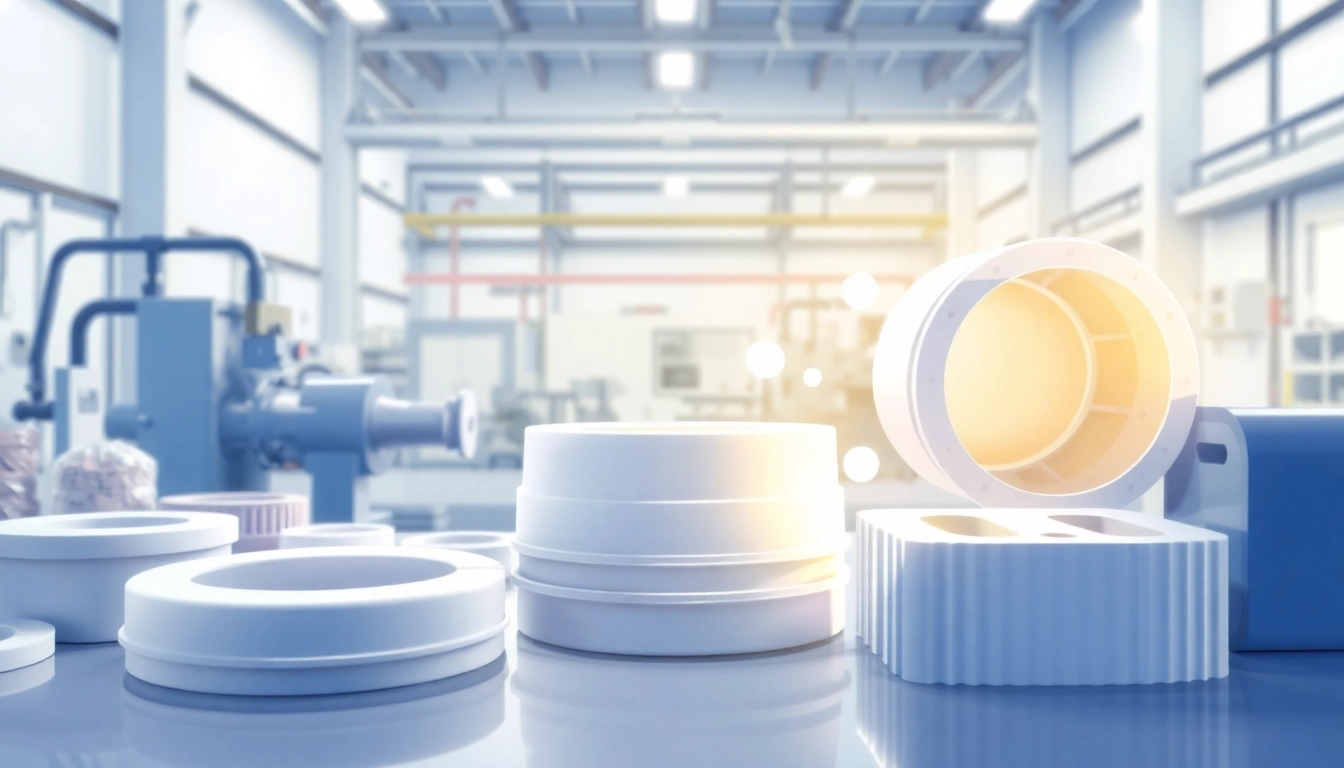
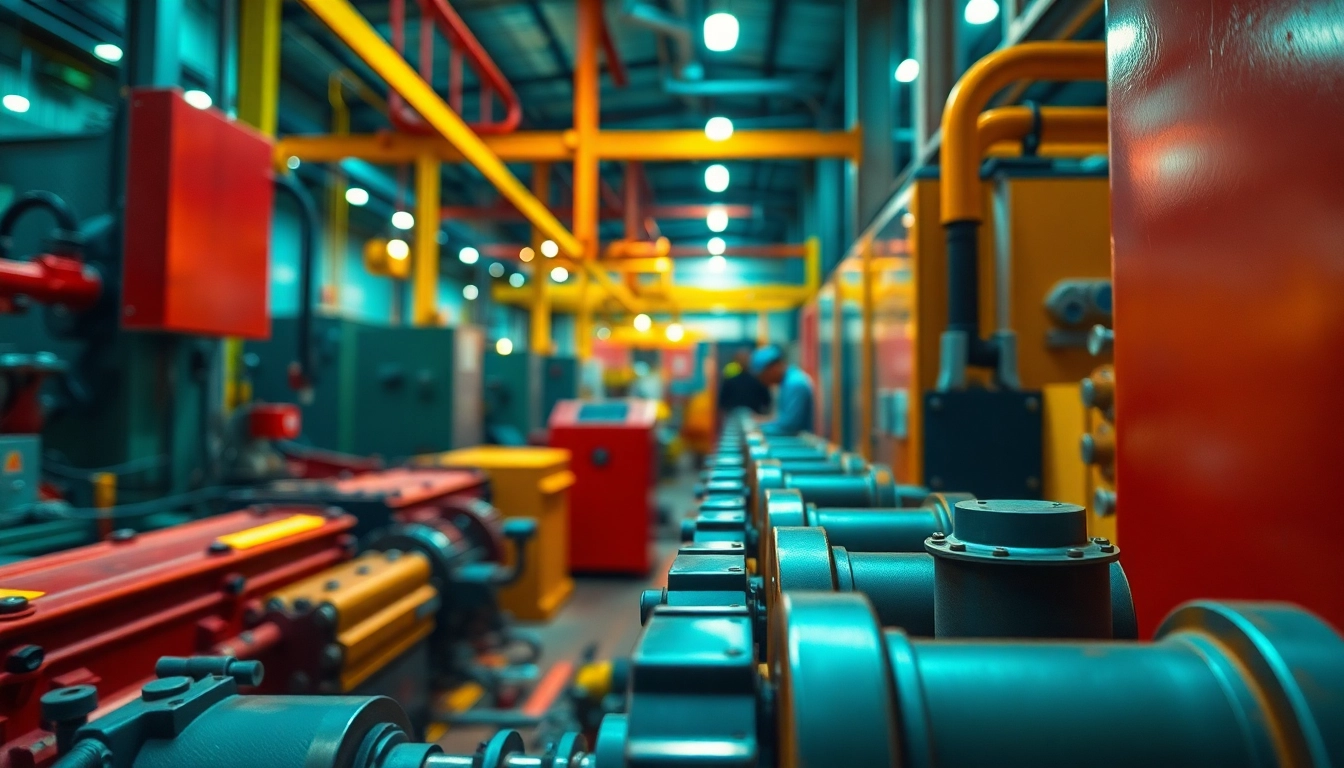
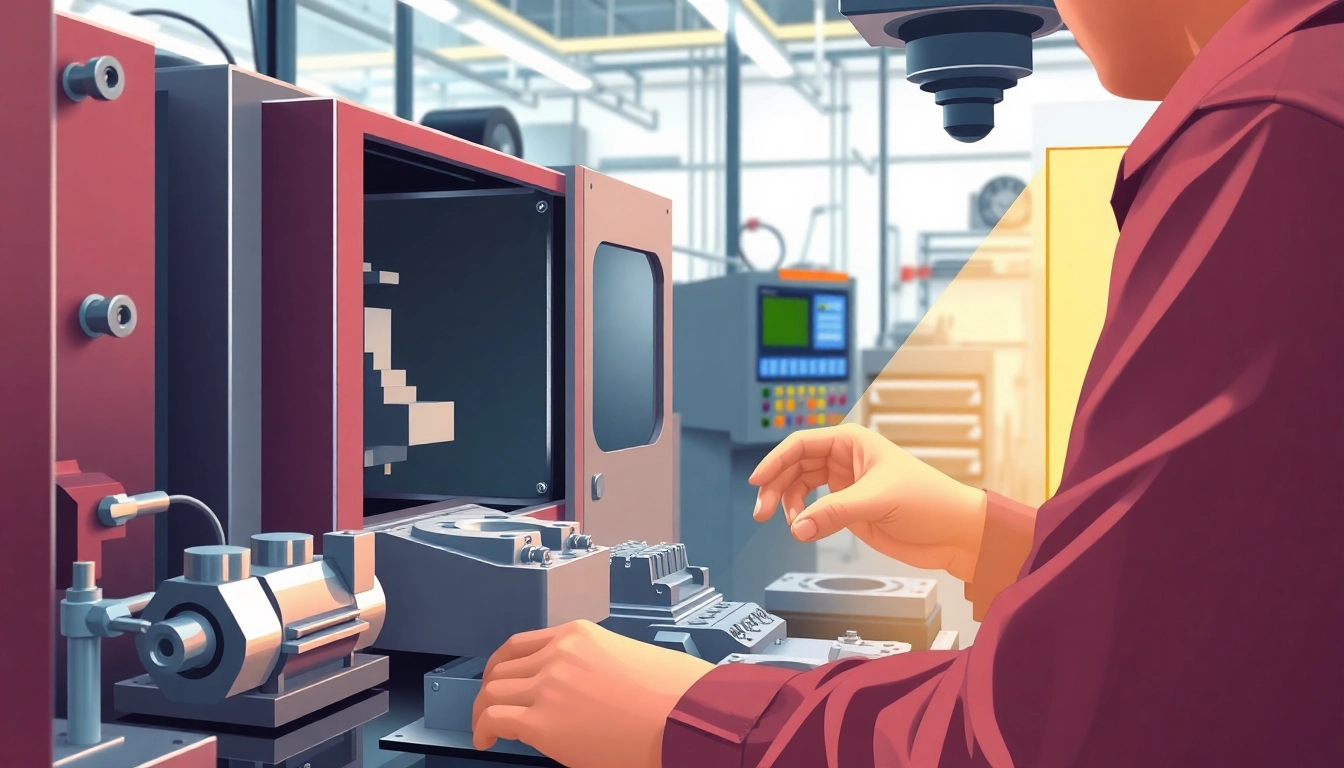
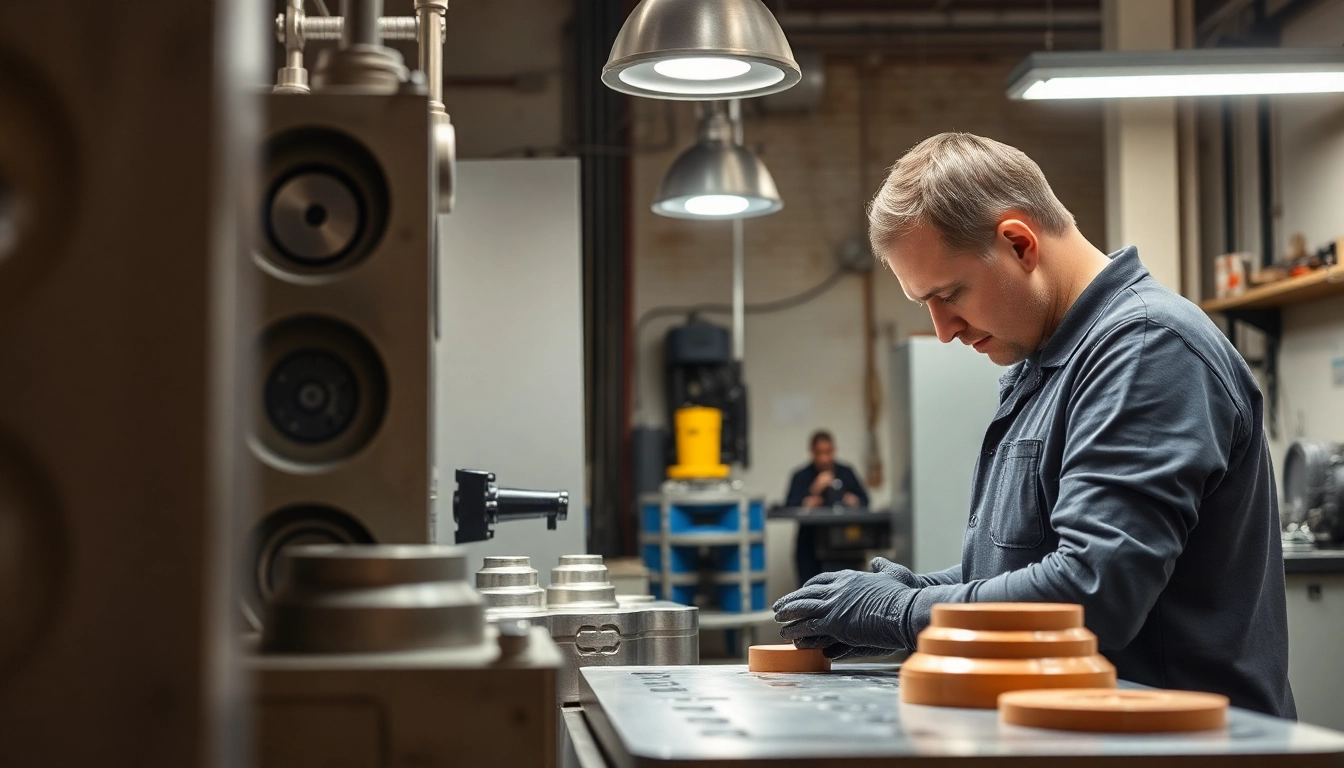
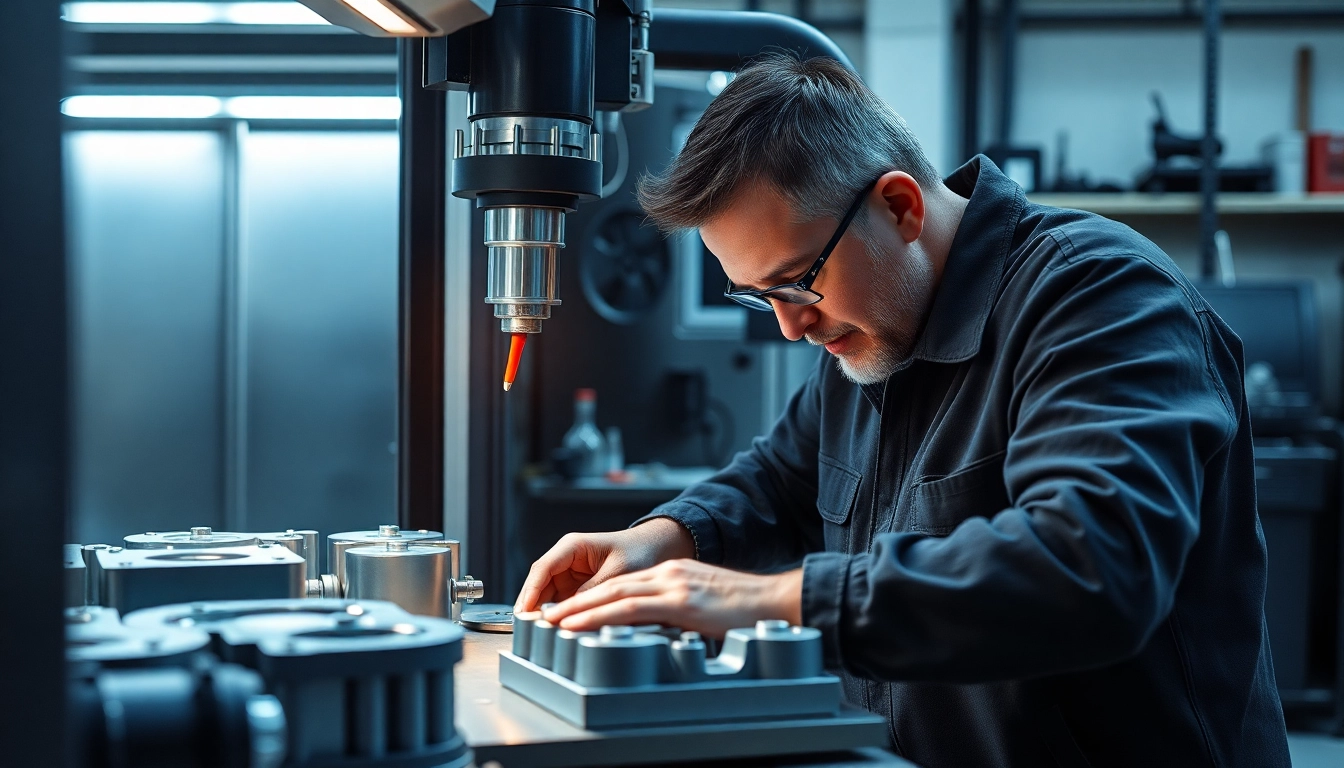

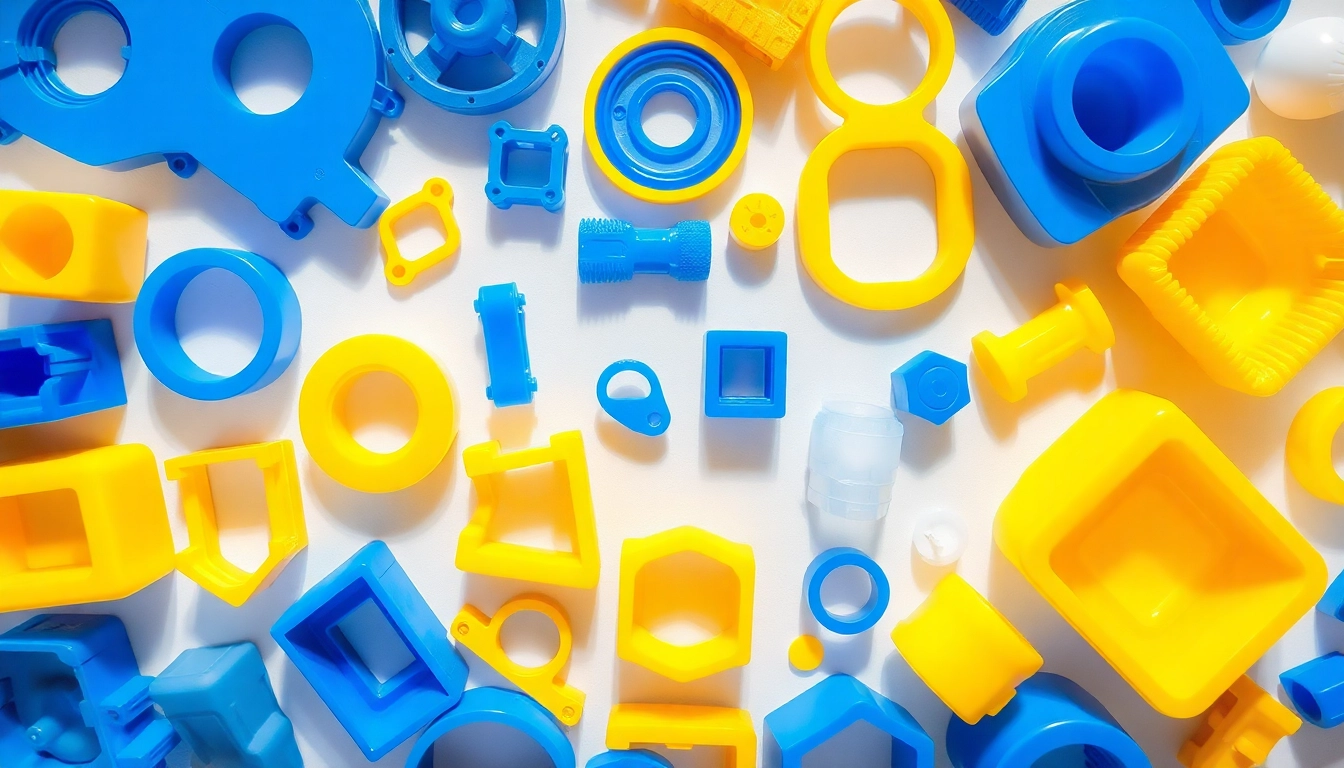

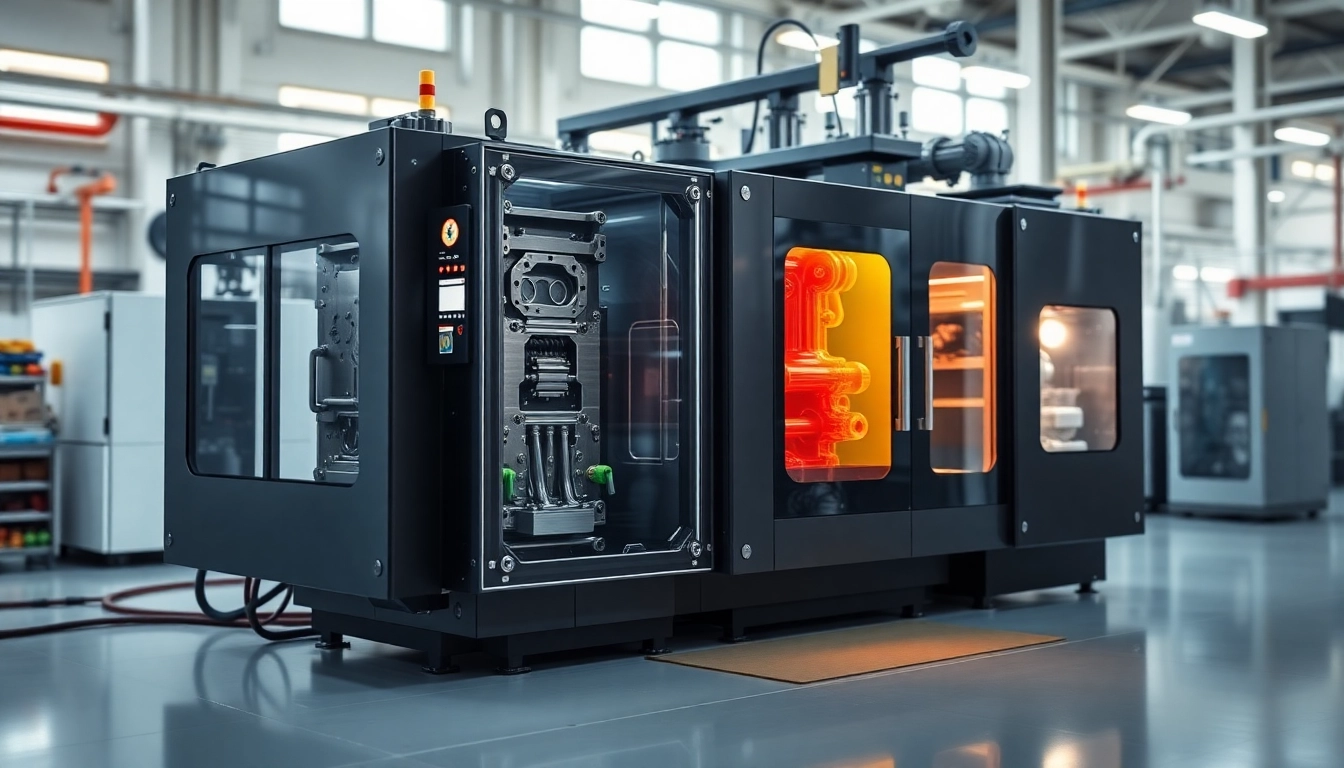
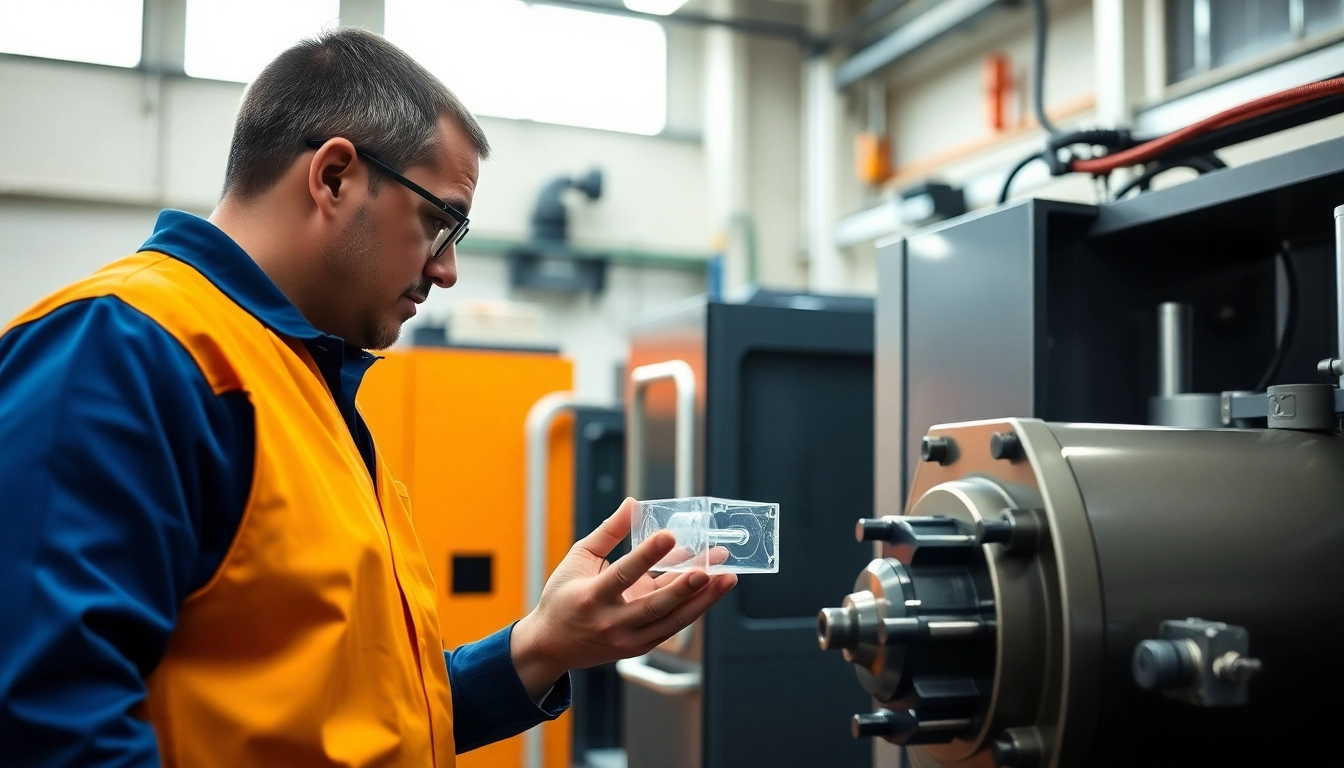
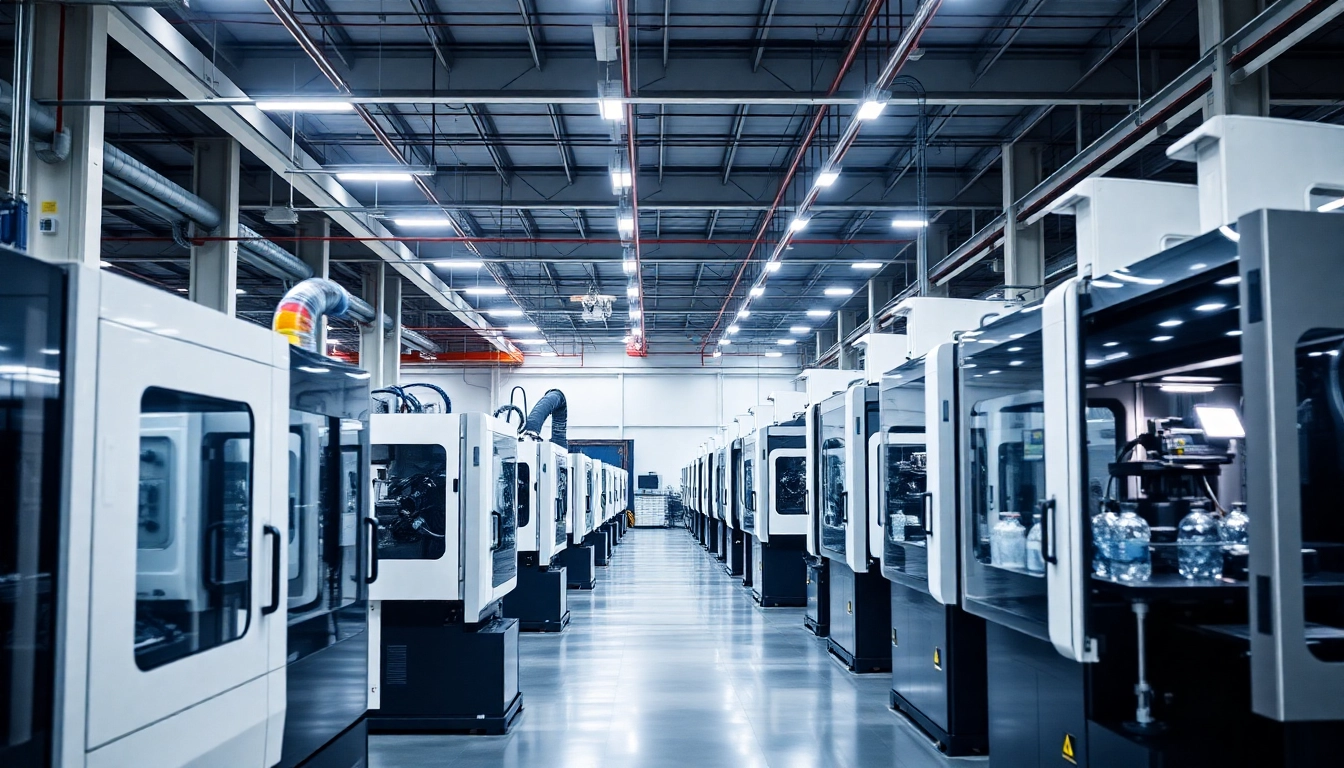




Leave a Reply